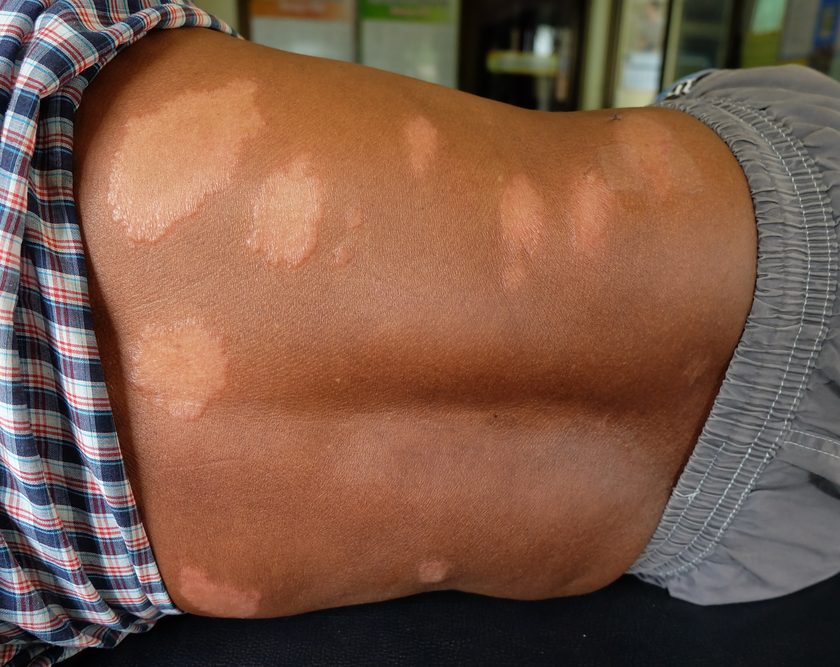Inappropriate footwear is the most common source of trauma in patients with diabetes. Frequent and proper assessment of appropriate footwear is essential for protecting the diabetic foot from ulceration.
Here is a step-by-step process for evaluating footwear. Be sure to evaluate footwear with the patient walking, standing, and sitting.
Observe wear patterns for areas of high pressure or abnormalities
• Check the inside of shoe, upper area, and soles.
• Check that pressure under the sole of the shoe is even, so no one part wears out excessively.
• Assess wear. Normal wear should occur at the lateral heel and medial central forefoot; there also may be slight curvature on the undersurface of the sole at the toe area.
Inspect inside of the shoes
• Observe and feel for wrinkled lining, protruding rough seams, and foreign objects.
• Observe for drainage on the insole or socks.
• Check that soles are sufficiently thick to prevent puncture wounds.
• Ensure that shoes have supportive, cushioned soles, with nonslip liners to absorb shock and reduce pressure under the feet.
Observe for correct fit
• Check for sizing. In general, there should be about a thumbnail (approximately ½ to ¾ inch) distance between the end of your longest toe and the tip of the shoe.
• Check heel-to-ball length:
• Measure the distance from the patient’s heel to the first and fifth metatarsal heads.
• Bend the shoe to determine toe break and repeat the measurement on the other shoe.
• The two measurements should be close to the same.
• Check width. The sides of the shoe should not compress the sides of the foot, with the shoe fitting snugly but not tightly. The widest part of foot should be in the widest part of shoe. The correct width allows the toes to rest flat on the insole without being compressed.
• Verify that there is no rubbing of the feet or slipping in the shoe and that the heel cup fits snugly.
• Be sure the shoe follows the natural outline of the foot.
• Observe for a secure fastening mechanism, which should be adjustable with laces, Velcro, or buckles.
Observe that socks are being worn with shoes to reduce friction
• Check that socks meet the following criteria:
• Socks are nonconstricting with no tight band around ankle or calf.
• Socks with prominent seams are worn turned inside-out.
• Socks are made of absorbent materials, such as cotton.
• Lighter-colored or white socks are worn when there is an open wound to help alert wearers with compromised sensation to a draining wound.
• Check that socks meet individual patient needs:
• Patients with a partial foot require a sock that will conform to the shape without distal prominent seams or excess material at the distal end.
• For active patients, socks can be obtained with silicone over high-stress areas to prevent shear for full or partial feet.
Inspect shoes to determine if they meet the characteristics for the ideal diabetic foot shoe
• The shoe is foot-shaped and has a soft heel counter to keep the foot in place.
• The shoe upper is made of leather or other breathable material.
• The leather over the forefoot is as soft as possible.
• The inside lining of the shoes is smooth and free from seams and/or wrinkles.
• The shoe has a heel height that is not excessive (under 5 cm).
Note: A number of studies have shown that wearing athletic shoes can reduce plantar pressure and lead to fewer calluses.
The simplest intervention for a patient who is at risk for ulceration would be a good-fitting, well-cushioned pair of athletic shoes if the patient’s foot fits well in the upper area.
Provide patient education
Patient education about the importance of appropriate footwear choices is critical for the prevention of diabetic foot ulceration and possible amputation. In addition to the points already discussed, patients should be advised to:
• change their shoes twice daily
• ensure shoes are in a good state of repair
• check shoes for foreign objects before putting them on.
Provide patients with guidance on how to buy new shoes. (See Tips for buying shoes for patients with diabetes.)
Nancy Morgan, cofounder of the Wound Care Education Institute, combines her expertise as a Certified Wound Care Nurse with an extensive background in wound care education and program development as a nurse entrepreneur.
Information in Apple Bites is courtesy of the Wound Care Education Institute (WCEI), © 2016.
Selected reference
Cavanagh PR, Ulbrecht JS. The biomechanics of the foot in diabetes mellitus. In Levin ME, O’Neil LW, Bowker JH, et al, eds. The Diabetic Foot. 7th ed. Philadelphia: Mosby Elsevier; 2008.







